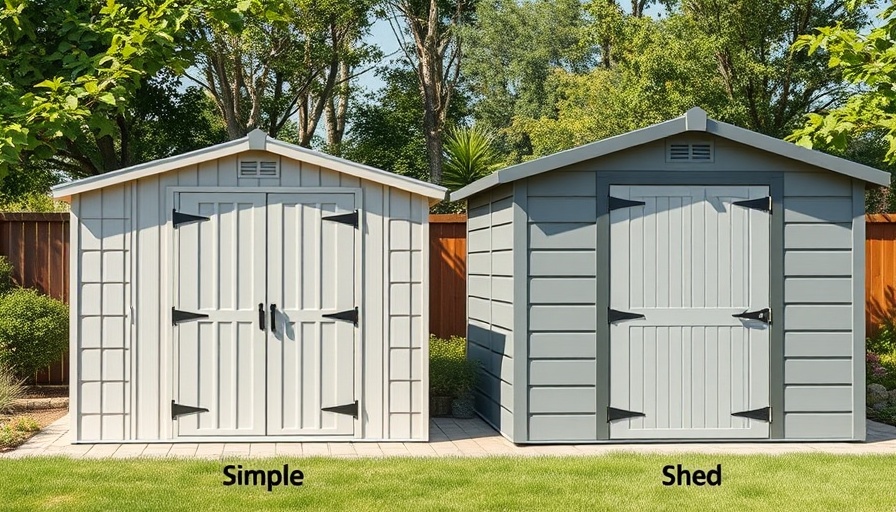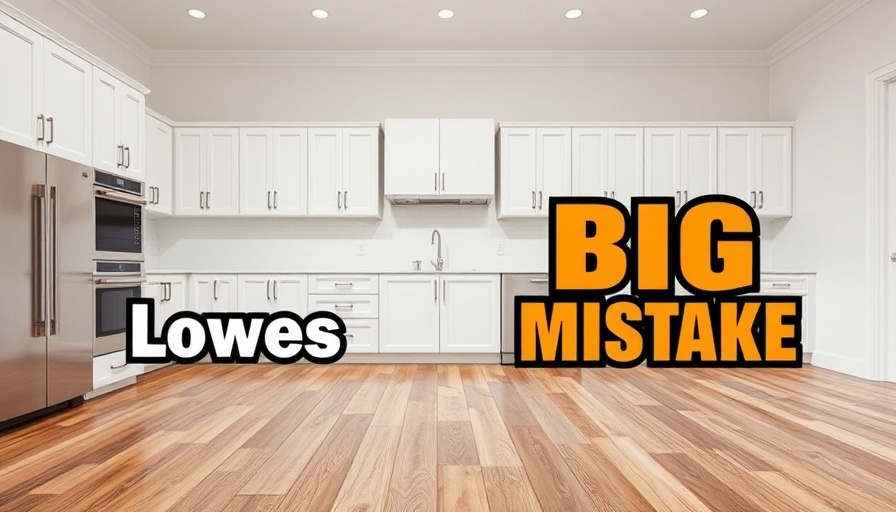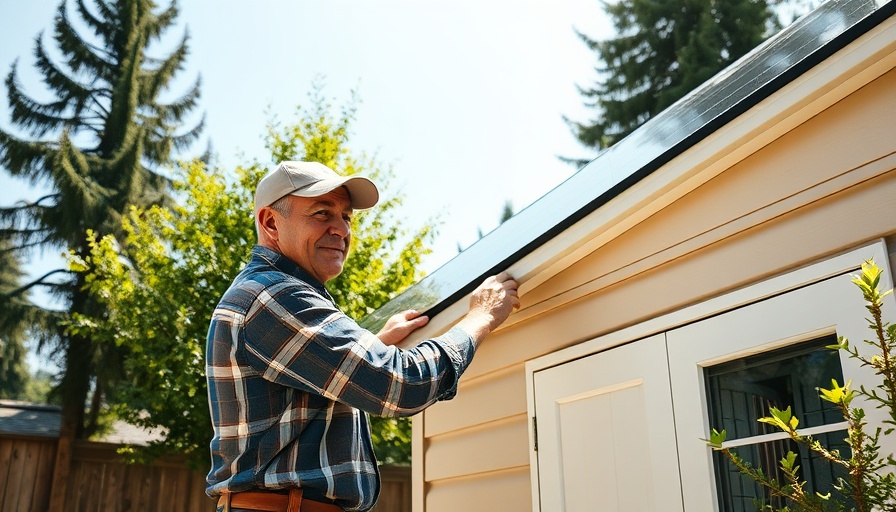
Settling for Sheds: Why Homeowners Need to Choose Wisely
For many homeowners, the dream of a well-organized garage can often hinge on the timely investment in a storage shed. Whether it's to house lawn equipment or seasonal gear, having a dedicated space is almost a rite of passage. In a recent video by Scott from Everyday Home Repairs, he meticulously walks us through the process of building both metal and plastic sheds, comparing their assembly experiences and functionality. This comparison not only highlights the pros and cons of each material—metal and plastic—but also emphasizes the considerations any homeowner should keep in mind when making such a pivotal purchasing decision.
In 'I Built a Metal and Plastic Shed So You Don’t Have To', the discussion dives into the nuances of shed assembly options, prompting a deeper analysis on selecting the right shed for your home.
Metal vs. Plastic Sheds: A Tale of Two Materials
One of the critical takeaways from Scott's analysis is the distinction in assembly times and ease between metal and plastic sheds. While a plastic shed can be put together in a swift three and a half hours, the metal counterpart takes a staggering seven and a half hours—almost double. The complexity of assembly reflects not only the quantity of components but also the structural integrity each material offers.
The plastic shed, specifically modeled on a Craftsman but actually a Suncast, is significantly less cumbersome. It features a user-friendly construction, with parts that simply slide and click together, leading to a solid structure that homeowners can trust to withstand the elements. On the other hand, metal sheds require more intricate assembling with numerous screws that can be daunting for the uninitiated. As Scott pointed out, even the headroom within these sheds varies significantly: the plastic option provides ample standing room while the metal variant may leave users crouching, leading to less functionality.
Understanding Your Space: A Floor Plan Necessity
As informative as the assembly of these sheds may be, Scott also emphasizes a major oversight many homeowners make: the importance of the floor plan. Placing a shed directly on the ground can lead to moisture issues and an uneven foundation. This not only compromises the structure but can lead to degradation over time.
Scott recommends starting with a strong foundation: ideally a concrete slab or, for a less labor-intensive option, a 2x4 pressure-treated wood floor structure combined with concrete blocks. This creates both stability and levelness, ensuring that the shed remains anchored against elements like wind, which can significantly affect lighter models.
DIY Customization: The Ultimate Choice for Some
While both the metal and plastic options have their strengths, Scott advocates for a DIY wooden build as the supreme solution for those willing to put in extra effort. Although it might pose a higher upfront cost, the customization options, durability, and longevity of a wooden shed far outweigh the advantages of assembly alone. Additionally, this route allows for unique adaptations tailored to personal needs—something neither metal nor plastic options can provide at the same level.
Future Trends: A Shift Towards Personalization in Shed Building
As we grow more accustomed to personalizing our living spaces, it's intriguing to think that sheds are following suit. The traditional view of them as mere outdoor storage has been replaced by visions of garden sanctuaries or functional workshops. Homeowners are looking for options that not only serve a purpose but also enhance the aesthetics of their property. Incorporating elements of sustainability and personalization in construction choices is surely going to shape the market. Innovations in materials and customization options will grant future shed builders the potential to redesign their backyard landscapes tastefully.
Final Thoughts: Your Shed Awaits
Ultimately, whether you opt for metal, plastic, or a DIY wooden shed hinges upon your needs and preferences. Scott’s insights provide a valuable foundation for understanding these choices. Ensuring that you have a firm foundation and the right design tailored to your lifestyle is paramount. If you’re thinking of buying a shed anytime soon, educated decisions will save you time and the pitfalls many face with poor assembly or unexpected functional shortfalls. Happy building!
 Add Row
Add Row  Add
Add 




Write A Comment